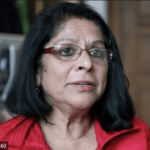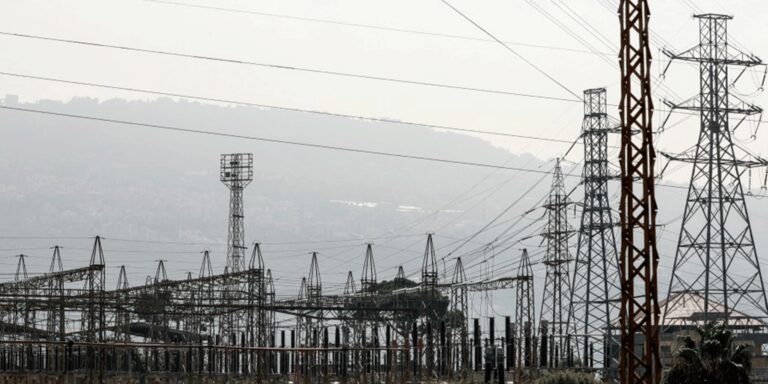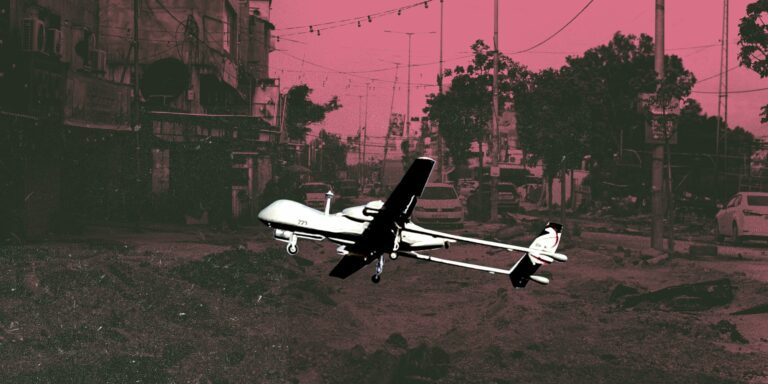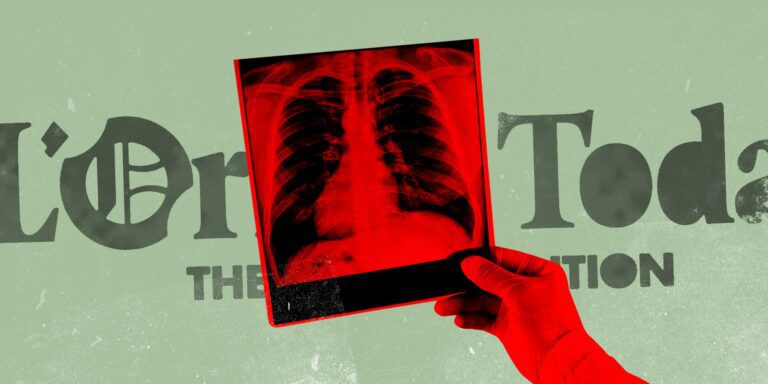‘For dancing on the streets
For kissing your lover (in public)
For your sister, my sister, our sisters
For changing these rusted minds
For the shame of poverty
For yearning for an ordinary life
For Women, life and freedom
For freedom (azadi)’
No, I am not quoting Bob Marley, although my title is unashamedly pilfered from his album of the same name. He would have approved; he knew that songs of freedom challenge tyranny.
Here, I am quoting Shervin Hajipour and his song Baraye, which means “because of.” The lyrics are texts collected from people on social media, and they have become the theme song of the Iranian women’s rebellion since Mahsa Amini was murdered in police custody September of this year. They are a theme song for all our aspirations for freedom, echoed in the many movements across the world during the past three years.
But what is happening on the streets of Iran’s cities, led by young women and often schoolchildren, with people from many different backgrounds together on the streets, is special. It is a whole generation of young people, some not more than teenagers, calling into question the very basis of their regime and its ruling elite, men often over ninety years old.
‘For yearning for an ordinary life’
Most readers are now aware of how this rebellion began, and how it has surged into waves of protests, giving vent to anger, frustration and grief. But I want to go over the names of the women who have sacrificed so that the many can aspire to freedom. Mahsa Amini, a 22-year-old young woman from the western province of Kurdistan, was arrested by Iran’s morality police on a visit to relatives in Tehran on September 13, 2022. The reason for her arrest was she didn’t have her head covered in the way required by Iran’s government. She died in police custody on September 17, obviously after being manhandled and tortured. The authorities claimed that she died of a heart attack from a pre-existing condition.
The protests started in the western province of Kurdistan, and spread as more and more deaths of women who had been held in custody came to light. In a video posted to Twitter, Nika Shakarami, 16, is seen standing on a dumpster and burning her headscarf on September 20, with onlookers chanting slogans against the Islamic Republic. Shakarami later disappeared after telling a friend she was being pursued by the police; officials later said she died after being thrown from a building under construction.
Shakarami’s family have said they found her body at the mortuary 10 days after she went missing, but officials only permitted them to see her face for a few seconds in order to identify her. Social media is filled with images of her singing and dancing. Her beautiful face haunts me. Similarly, Sarina Esmailzadeh, a popular 16-year-old vlogger, was killed on September 30. Authorities claim she committed suicide. All their beautiful faces haunt me.
Protests have escalated on the streets despite brutal police repression. Young women burn their hijab in public and cut their hair. What began as night vigils soon became daytime protests, with men, women and their parents rebelling against the tyranny of the regime. As Iran’s Antigones unleashed their fury at a regime so out of step with the hopes and desires of their generation, the regime hit back with police and paramilitary forces, the Basij, who spared nobody.
Scenes of girls taunting the police, scenes of hijabs on fire, scenes of overturned vehicles juxtaposed with scenes of girls being beaten and dragged by their hair were recorded on handheld mobile phone cameras, which sent them to the world. The regime, unable to shut off these voices, shut off internet access. They were up against a generation of children who have led parallel lives on social media, lives of possibility and hope as opposed to the shrunken existence on offer from the guardians of the Islamic revolution. So while the movement has grown and continued being repressed for more than a month now, we in the rest of the world can’t witness what is going on until the people of Iran find a different way to navigate, despite the internet controls and bans. A whole population is being incarcerated. They will find a way to break out as they so often have.
In the meantime, the minister of education has just announced that special psychological schools are being set up to treat rebellions schoolchildren. Presumably what he means is that torture chambers and secure prisons are being set up to brainwash children, or, horror of horrors, lobotomize them. Dear minister, rebellion against tyranny is not a mental disorder. You are killing and maiming your own children, your future generation. Your days and those of your ilk are numbered. They will outlive you; they will
‘For this forced ‘Heaven’’
Who are these children, who are these women, who is this Gen Z? They are under thirty years of age and comprise sixty percent – yes, you read that correctly – of Iran’s 84 million people. Their literacy rate is 97 percent, and women are 65 percent of their university graduates. And yet, as Kamin Mohammadi writes, when the Islamic revolution came to power, the issue they chose to focus on was Iran’s family law, which they changed from one of the most progressive in the region to one that made women dependant on the will of patriarchs and set their status back to the Middle Ages. A woman’s word in court is half that of a man. They cannot sing, dance or show their hair in public, and can be married at the age of 13. Today, Gen Z is saying that they will not take this anymore. They want to be like other teenagers, and like women in other parts of the world. They want rights and freedoms for everybody.
Iran is no stranger to people’s uprisings, many of which have been woman-led. The first demonstration against the hijab was three weeks after Khomeini’s arrival in 1979. After 2000, uprisings grew and have happened with regularity, in 2005, 2017 and most recently in 2019, when the high cost of fuel prices was the trigger but swelled into nation-wide protests for democracy. Since 2009 men have joined women in the protests, often donning the hijab in solidarity.
But Iranian political commentators say this time it feels different. As the movement spreads and refuses to ebb one month into its making, led by Iran’s children, it has called into question the legitimacy of the Islamic revolution more than any preceding it. It has a different spirit, and it is no longer about economic hardship and inflation, or about reform. Instead, these girls are saying they don’t want a theocracy anymore. They want a different life. They are waging a battle against humiliation and repression. As Ramin Jahanbegloo, the Iranian philosopher, explains, the presence of young girls in the agitation and their level of anger and frustration against Iranian authorities is a new mode of revolt. These new heroes of the civil resistance, born in the first decade of this century, are up against an autocratic and paternalistic theocracy. The military elements of the Iranian regime are ill-educated and belligerent, but the young protesters are open-minded and creative.
“Unlike their parents and grandparents who lived with the bitter taste of political defeat against the theocratic regime, the women of Shakarami and Esmailzadeh’s generation learned to be cheerful and imaginative. They dared to think and act differently, while ushering in a revolution of values in Iranian society. This revolution of values was the result of a parallel life and virtual freedom these young women found on social media,” wrote Jahanbegloo. This is why the commentators think that this is a point of no return for the Islamic revolution.
For all these meaningless slogans (forced to chant ‘death to America’)
I was talking to a young, politically active feminist friend from India a few days ago, and she asked, what next? How is this uprising going to end in any other way than what happened in Egypt with the military takeover? The military is the only stable institution that guards the ‘legitimacy’ of authoritarian regimes.
She wasn’t undermining the significance of the uprising, just anticipating the imposition of a harsher, military-style dictatorship. I have no answers, I’m not a soothsayer. All I can say as a pragmatic feminist is that songs of freedom can’t be silenced for long despite the horrors unleashed by dying regimes. Rebellions and uprisings may or may not develop into revolutions, since dying regimes will hit back with ferocity to keep their hold on the last vestiges of power. Aspirations for freedom can be silenced by the added apathy of a world system which services profit at the cost of human lives. Iran has oil and it has nuclear capabilities: both these commodities make the regime an untouchable power, especially now with the war in Europe and the Iranians’ support of Russia. So, despite posturing and sanctions, the need for oil tempers what the world’s power will do. In a globalized world with neoliberal capitalism as the dominant force, the cries of children for freedom are second to geopolitical concerns. No country is an island, and neither are these uprisings.
For women, life and freedom: azadi
And what about feminists across the world, how are we demonstrating our solidarity? From where I live in Europe, I can say there have been demonstrations in all the major capitals and more are planned in October. Women politicians have demonstrated support by cutting their hair in public and stating that the regime is on the wrong side of history. Criticism of the Iranian regime is not new here; the Iranian regime has been vilified just as long as the Iranian regime, in turn, has vilified the West. This isn’t to undermine the vigils by young people that have happened and are planned across many cities in the days to come.
A friend from Lebanon told me yesterday that there have been demonstrations there, too, which the country’s Shia faction was successfully prevented from disrupting. I can’t say the same for India, my homeland, where feminist support for the women of Iran is muted at best and misunderstood at worst. Except for a few protests, there has not been the kind of groundswell of opinion that one might have expected. Why not? Places like Lebanon and India are complicated. Their colonial and post-colonial histories make their relationship to worldwide oppression and tyranny contingent on the dominant political narratives. As far as I understand, in India feminists are caught between two sides: the dominant political narrative of Hindutva and the state politics of majoritarianism, versus Muslim communities in Karnataka who, as minorities, are resisting this onslaught and citing their religious freedom to own the hijab. So
condemning what is happening in Iran in India can easily be interpellated as the “backwardness of the Muslim community and its need for reform.” Advocates of Hinduvta then become ‘secular’ champions, posing as the saviours of Muslim womanhood.
We have to declare ‘azadi’ (freedom) from this tyranny of majoritarianism, of nationalism, of politics dressed up as religion or whatever non-secular -ism suits the current dominant tyrannical regimes. We must declare azadi from the tropes that use women’s bodies, attire, behavior as the raw material for oppression. The girls on the streets of Iran’s metropolises are teaching us that women’s right to choose how they want to live is paramount. To the Islamic Republic, that is why you will lose: Because it is no longer the United States and the evil west trying to defeat you (although they have caused enough harm already), it is your own women.
To end, I would like to cite the well-known Iranian filmmaker Mani Haghigi, who was just prevented by the authorities from leaving for London where his latest film Subtraction is being screened at the film festival. He said: “Let me tell you that being here in Tehran right now is one of the greatest joys of my life. I cannot put into words the joy and the honor of being able to witness firsthand this great moment in history, and I would rather be here than anywhere else in the world right now. So if this is a punishment for what I’ve done then by all means bring it on. Let me end this with the three words that have given Iranians so much joy and courage in the last few weeks: women, life, freedom.”






